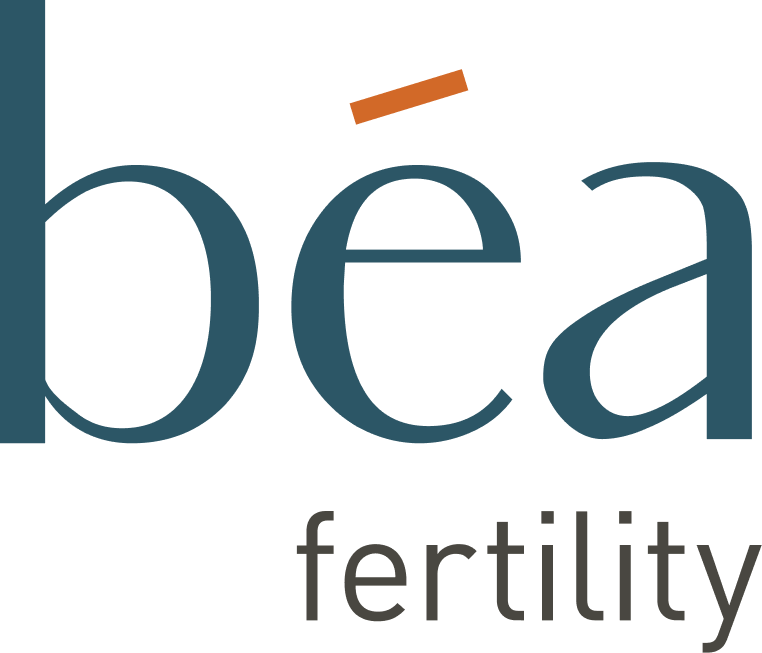If you've been diagnosed with low ovarian reserve, you may be wondering if The Béa Treatment is for you. This article will explain more about the condition, the intracervical insemination (ICI) treatment, and how to improve your chances of conceiving.
Written by Sandy Christiansen, MSc
In this article:
Does the Béa Treatment work with low ovarian reserve?
Yes - it does! The Béa Treatment could be a good treatment option for low ovarian reserve. The Béa Applicator places our custom cervical cap against the cervix, holding semen in place for up to one hour. It increases the exposure to the cervical mucus, minimises the contact of semen in the vagina (where the pH can reduce sperm quality) and reduces semen backflow.
Reasons why people try ICI with low ovarian reserve
-
Right here, right now.
Have you been placed on a waitlist? Not with us. We know time is sensitive so you have instant access to fertility treatment and no additional delays.
-
An affordable treatment option
In some cases, a low AMH level may mean you're not eligible for funded fertility treatment. Clinical treatments can be really expensive if you're self funding - not with us!
-
Additional support
Trying to conceive with low ovarian reserve can be challenging and confusing. We're here to help.
What is low ovarian reserve?
Woman are born with all of the eggs they'll ever have. The ovarian reserve refers to the number of eggs a woman has left, which can contribute to the likelihood of getting pregnant. With age, it's natural for the ovarian reserve to decrease as the eggs are gradually lost over her lifetime (which is why it's often said that fertility decreases with age). However, it's not possible to predict exactly when fertility starts to decline or how quickly it might happen. Low ovarian reserve is closely linked with ovarian aging and the reduction in fertility due to the number of the remaining eggs.
This can be diagnosed with an ovarian reserve test which often looks at blood levels of anti-müllerian hormone (AMH), follicle-stimulating hormone (FSH) and an ultrasound confirming the antral follicle count (AFC). A diagnosis of low ovarian reserve may given if you have one or more of the following factors:
Low AMH
AMH is produced by small, immature follicles in your ovaries. Lower levels (< 5 pmol/L) indicate fewer follicles in the ovaries or less activity in the ovaries. While this can mean a lower ovarian reserve, it does not give an indication of egg quality.
Low AFC
Antral follicles are small follicles that we can see and measure with ultrasound. Each follicle contains an immature egg that can potentially develop and ovulate in the future. When there are fewer antral follicles (< 7 follicles) on a scan, it means that the number of potential eggs have decreased and there could be reduced ovulation.
High FSH
FSH is the hormone responsible for stimulating your ovaries to produce mature eggs. Elevated FSH levels (>10 IU/L) indicate that your ovaries need for more hormones in order to stimulate and produce mature eggs. This can also be an indication of lower egg quality.
The Béa Treatment is suitable for you if you have any of the above factors - as long as you are ovulating.
What causes low ovarian reserve?
Getting a diagnosis of low ovarian reserve can come as a shock as there are no noticeable symptoms that would indicate if you have it. However, there are a number of known factors that can cause it. These include:
- Tubal disease
- Endometriosis
- Cancer treatments
- Pelvic infection
- Autoimmune disorders
- Mumps
- Certain genetic conditions
How does low ovarian reserve impact fertility?
How can you improve your chances of conceiving?
1. Monitor your cycle
2. Lifestyle changes
3. Try the Béa Treatment
An important note: While we know that the Béa Treatment can help people with low ovarian reserve conceive - we also know it won't work for everyone. If you've had a consultation with a fertility specialist and have received a treatment plan for the best chances of trying to conceive, then the Béa Treatment might not be suitable. The Béa Treatment is recommended for 3-6 cycles. Low ovarian reserve is complex and sometimes time is sensitive. We don't want to delay any other treatments that may be more suitable for you.
Accessing alternative treatment options with low ovarian reserve
1. In vitro fertilisation (IVF)
2. Mild IVF
3. IVF with donor eggs
How do you decide what treatment is right for you?
Speaking to your GP about the Béa ICI Treatment
The Béa Treatment is the modern take on ICI (intracervical insemination). It's an at-home fertility treatment that's affordable and accessible. It involves placing a cervical cap with semen near the cervix and it has a pregnancy rate of 50% over 6 cycles.


Share:
Irregular Periods
Unexplained Infertility